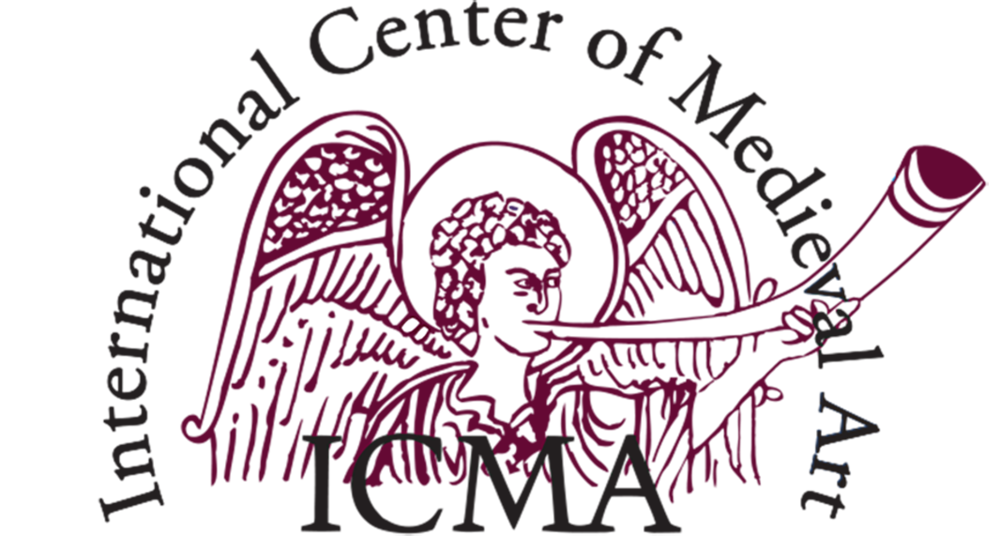The Instituto de Estudos Medievais (IEM) and the Instituto de História da Arte (IHA) of the Faculdade de Ciências Sociais e Humanas of the Universidade Nova de Lisboa (FCSH/NOVA), along with the Centro de Investigação e Estudos em Belas Artes (CIEBA) of the Faculdade de Belas Artes of the Universidade de Lisboa, and in collaboration with the Museu Nacional de Arte Antiga in Lisbon, are organizing the International Congress “Souls of Stone. Funerary Sculpture: from the Creation to the Musealization”. Historians, museologists, restorers and all the researchers in general working on the topic are invited to submit proposals.
Funerary sculpture is definitely a precious source for the understanding of the Middle Ages. This can be observed in the light of a series of studies and projects produced in the last decades by the international scientific community. Those researches, belonging to different domains and representing various methodological approaches, are encouraging the reconsideration of some traditional points of view on the medieval times. The extent, the relevance and the potential of this field of research is therefore becoming very evident. In fact, funerary sculpture can provide a privileged window to the observation of some realities, which are difficult to access through other means and sources.
Medieval tombs are testimonies of specific characters and processes; they materialize particular ways of thinking and intentions; they reveal the complexity of some concepts and ideologies, as that of the interactions between body and soul in the afterlife. Therefore, the funerary monuments present a continuous challenge to the scholar. They are, simultaneously, the result of spiritual aspirations and earthly expectations, an aesthetic product and a symbolic device, but also the place where to exhibit the concrete shape of the body (which is incorruptible and lays down at the top of the chest), while the gracefulness of the soul is manifested in stone reliefs, keeping the individual suspended in limbo, in a certain way.
This complexity of the sepulchre, understood as an artistic, aesthetic, spiritual, historical, anthropological, sociological and cultural artefact, implies a true and authentic interdisciplinarity, which is one of this congress’ main focus. Moreover, the fact that the tombs were commonly taken out of their original contexts, so decontextualized and even manipulated and used in different visual discourses, is an another source of challenges for the scholars. On the one hand, we have to figure out the impact of such processes on the current interpretation of those artworks and, subsequently, we have to try to understand them going back to the context in and for which they were produced. On the other hand, it seems relevant to think about the most suitable means to promote and respect the tombs within the context of a museum, but also to debate the possible ways of fostering an historical comprehension of those that remain in their initial settings. Another important dimension of these artworks that we need to explore is their materiality, the original one, and the one they have been given throughout their existence.
